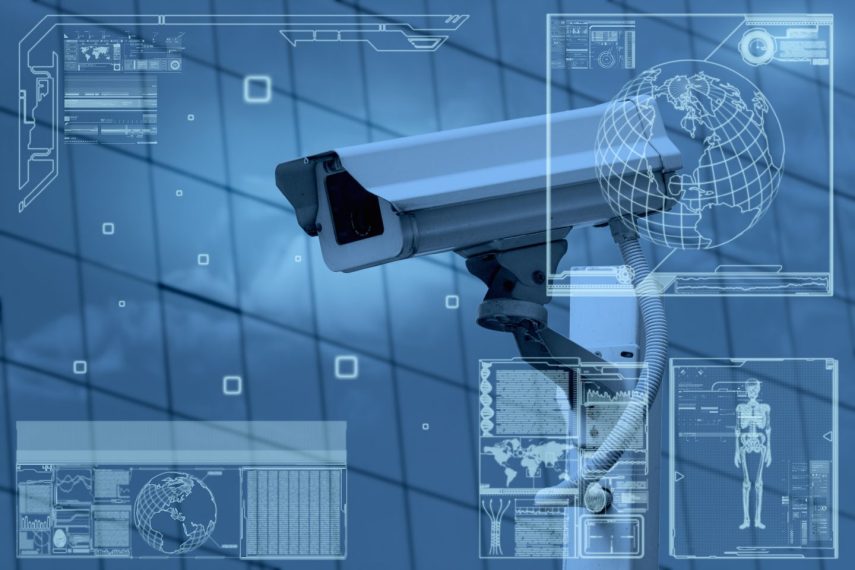CCTV System Products
CCTV systems are a security camera system developed for various commercial and residential models. Today, this system is also used for people counting and plate reading. It can also be used to ensure safety at work or at home. There are two types of Diginet CCTV systems. Before we talk about these varieties, we will tell you about their usage areas as the Dijinet family.
What is CCTV?
CCTV stands for “Close Circuit Television”. In Turkish it is called “closed view”. Unlike television, CCTV allows only a certain area to be watched instead of broadcasting to a wide audience. Although security camera systems are used for security purposes today; People counting, recording playback, etc. Other monitoring and analysis options are available. Today, security camera systems have a very important position. security camera system; It works integrated with many systems such as emergency and emergency announcement systems, fire detection and alarm systems.

What are the Types of CCTV Systems?
Dijinet offers you two types of CCTV systems. These systems are divided into two as analog and IP systems.
Analog CCTV Systems
Using an analog security system, analog cameras to which a digital video recorder (DVR) is connected to make the system work, using transmission cables. Images are transferred to a digital recorder. It is saved on your hard drive so you can view it or view it later if needed.

IP Systems
Although IP systems are a bit more complex, they can be more expensive than similar systems. However, when considering the opportunities it offers, it is understood that the cost can be ignored. In IP security systems, the camera does all the work of a digital video camera, including compression, conversion and streaming video over an Internet connection. A DVR is not required and the video is streamed directly to the computer.
Comparison of analog and IP cameras
- While analog systems transmit video over coaxial or UTP cables, IP cameras transmit using POE (Power over Ethernet) technology.
- While analog systems are physically recorded on the digital video recorder, the IP camera sends the video over the Internet.
- Analog systems need all incoming video to be in one place, while IP cameras don’t have to have all video in one place.
- While IP cameras have higher resolution ratio, Anolog systems have lower resolution.
- While analog systems use TV broadcast signals, IP cameras broadcast video as a digital stream.
